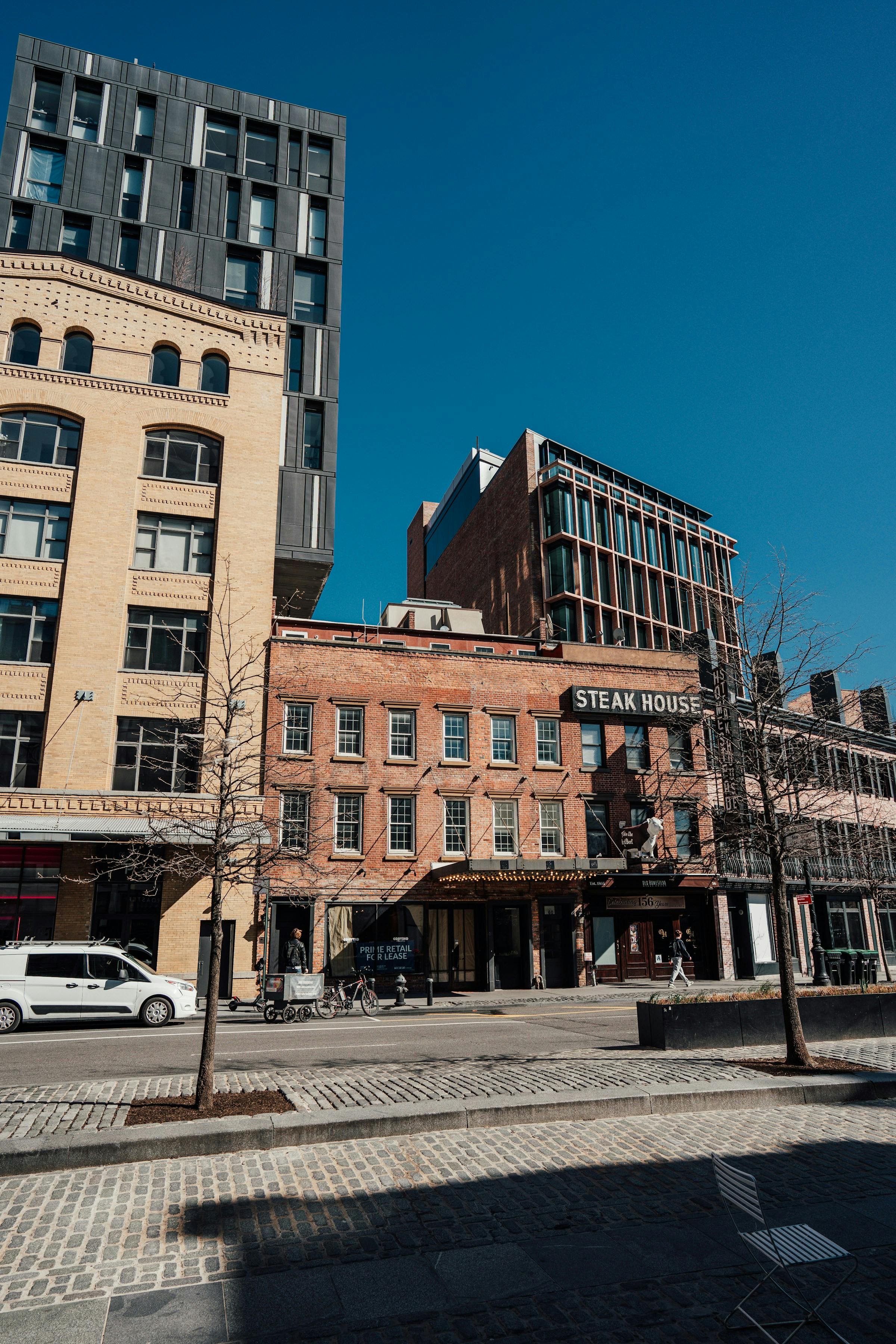Rezoning & ULURP: Timeline, Process & Strategy
Development Site Advisors®
In the dense, tightly regulated landscape of New York City development, land use is not static. When a site’s underlying zoning doesn’t support a proposed project—whether due to use restrictions, density caps, or outdated regulations—rezoning becomes a necessary and often high-stakes pathway forward.
Rezoning in NYC typically proceeds through the Uniform Land Use Review Procedure (ULURP), a legally defined public review process that can reshape neighborhoods, unlock development potential, or add significant value to a property. But with opportunity comes complexity.
What Is Rezoning?
Rezoning is the process of changing the zoning designation of a parcel or area to allow different uses, densities, or bulk regulations than what is currently permitted.
Rezoning types include:
· Map Amendments: Changes to the zoning map (e.g., from R6B to R7D)
· Text Amendments: Revisions to the Zoning Resolution, often to establish or modify zoning rules citywide
· Spot Rezonings: Site-specific changes initiated by property owners or developers
· Area-Wide Rezonings: Typically city-sponsored efforts, often accompanied by infrastructure or housing commitments (e.g., Gowanus, Soho/Noho, East Harlem)
Rezoning may be pursued to enable higher FAR, permit residential use in a commercial district, or add development incentives like Mandatory Inclusionary Housing (MIH).
The ULURP Timeline: What to Expect
The Uniform Land Use Review Procedure (ULURP) governs most rezonings and involves multiple layers of review. A standard ULURP timeline can range from 7 to 12 months, though pre-certification and community engagement can take longer.
ULURP Steps:
1. Pre-Certification (3–6 months): Preparation of the application, environmental review, and zoning analysis
2. Certification: Application is formally accepted by the City Planning Commission (CPC), triggering the 6-month clock
3. Community Board Review (60 days): Public hearing and advisory vote
4. Borough President Review (30 days): Advisory recommendation
5. City Planning Commission Vote (60 days): Binding recommendation
6. City Council Review (50 days): Final binding decision; zoning changes enacted via vote
7. Mayoral Approval (5 days): Usually procedural
Throughout the process, stakeholders, including elected officials, community groups, and residents—can influence the outcome. Developers must be ready to engage in coalition building and compromise.
Strategic Considerations for Developers
While rezoning can unlock substantial value, it is not without risk. Developers should assess:
· Political Climate: Are local officials and the community likely to support your proposal?
· MIH Requirements: Will new zoning trigger mandatory affordable housing provisions?
· Time & Carry Costs: Can your capital stack support a multi-year entitlement process?
· Environmental Impact (CEQR): Projects may require an Environmental Assessment or full Environmental Impact Statement
· Infrastructure Commitments: Larger rezonings may require investment in transit, schools, or open space
In some cases, alternatives like zoning lot mergers, TDRs, or variances may be more strategic.
How Development Site Advisors® Can Help
Our zoning and planning team helps clients navigate the rezoning process from begining to end:
· Feasibility studies and zoning analysis
· Pre-certification strategy and application coordination
· Introductions to land use attorneys, architects, and lobbyists
· Political risk assessment and community outreach planning
· Pro forma modeling under pre- and post-rezoning conditions
We’ve advised on successful rezonings across Manhattan, Brooklyn, and Queens—helping our clients extract long-term value from overlooked sites.
Considering a rezoning or ULURP filing? Let our team help you determine if the upside justifies the lift. Request a consultation and Sitestimate™ to evaluate your site’s rezoning potential.

